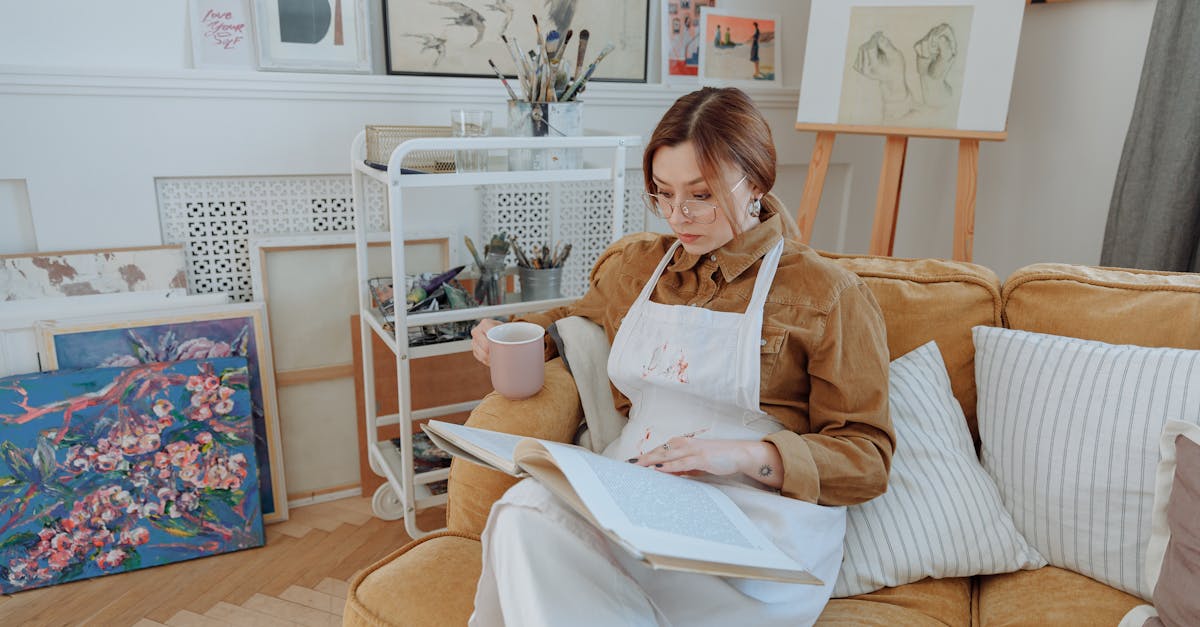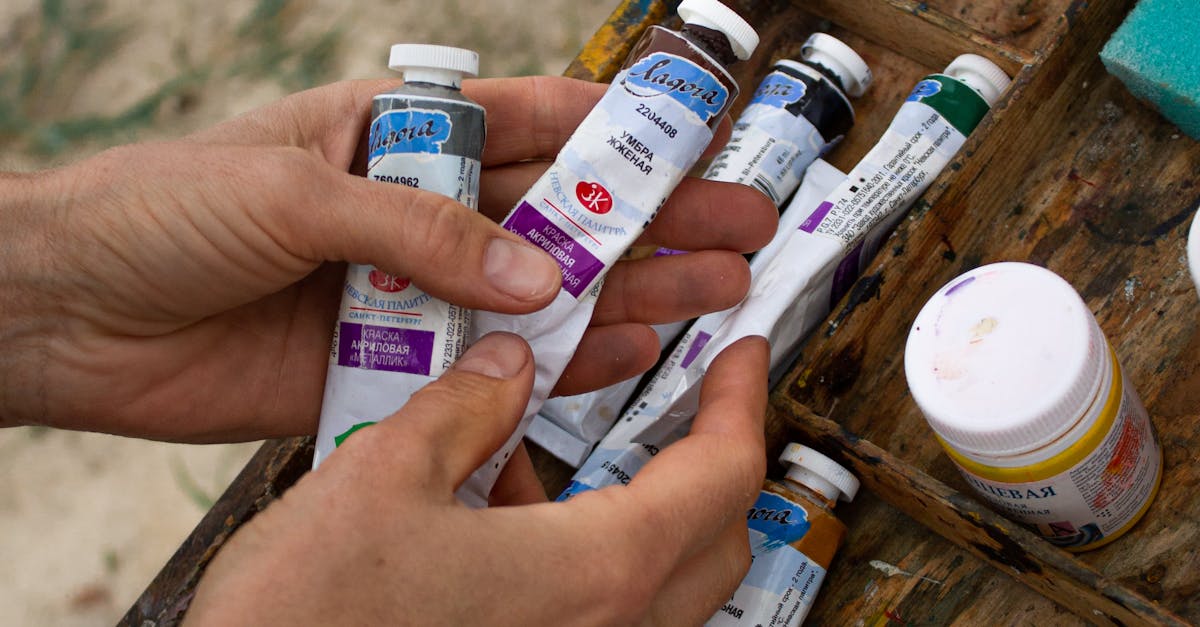Oil painting is a form of art that has been around for centuries, with its roots dating back to the Middle Ages. It is a medium that involves mixing pigments with oil to create beautiful and vibrant paintings. Being an oil painter myself, I have come to appreciate the history, techniques, and benefits of this art form. In this blog post, I will be sharing my knowledge and insights on oil painting, as well as providing tips and inspiration for beginners.
History of Oil Painting
Oil painting was first introduced in the 15th century by Jan van Eyck, a Flemish painter. He discovered a way to mix linseed oil with pigment to create a slow-drying paint, which allowed him to achieve rich and detailed paintings. This technique was then perfected and popularized by other artists such as Leonardo da Vinci and Michelangelo during the Renaissance period.
During the 17th century, oil painting became widely used by famous artists like Rembrandt and Vermeer. The use of oil paints enabled them to create realistic and lifelike portraits, landscapes, and still-life paintings. The popularity of oil painting continued to rise in the 19th century, with the emergence of Impressionism and Expressionism movements. These artists experimented with different techniques and styles, pushing the boundaries of what could be achieved with oil paints.
Today, oil painting remains a beloved form of art, with many contemporary artists using it as their medium of choice. Its rich history and versatility make it a timeless art form that continues to inspire and captivate people from all over the world.
Materials needed for Oil Painting
Before you start your oil painting journey, it’s important to have the right materials and tools. Here is a list of essential items you will need:
- Paints: Oil paints come in tubes and are available in a wide range of colors. It’s best to invest in a set of good quality paints that includes primary colors (red, blue, and yellow) along with other essential colors like white, black, and earth tones.
- Brushes: Oil painting brushes come in different sizes and shapes, each serving a specific purpose. It’s recommended to have a variety of brush types such as flat, round, filbert, and fan brushes to achieve different techniques and effects.
- Canvas or Painting Surface: Canvas is the most common surface used for oil painting. It comes in stretched or unstretched forms and can be primed with gesso before painting. Other surfaces like wood panels and paper can also be used, but they may require additional preparation.
- Palette: A palette is used to mix the paint colors and keep them organized. It can be made of glass, wood, or plastic and should have a smooth surface for easy mixing.
- Solvent or Medium: Solvents such as turpentine or mineral spirits are used to thin out the paints and clean the brushes. Mediums like linseed oil or stand oil can also be added to the paints to modify their texture and drying time.
- Easel: An easel is an essential tool for any painter, as it provides support for the canvas and allows you to work comfortably at an upright angle.
- Palette Knife: A palette knife is used for mixing colors and applying thick layers of paint. It is also useful for creating texture and scraping off mistakes.
- Rags or Paper Towels: These are used for wiping excess paint from the brushes and cleaning up spills.
Techniques in Oil Painting
Oil painting offers endless possibilities for creativity and expression. Here are some commonly used techniques that every beginner should try:
- Wet-on-wet: This technique involves applying wet paint on top of wet paint, resulting in seamless blending and soft edges. It’s a great technique for creating soft and dreamy landscapes or portraits.
- Glazing: Glazing is a layering technique that involves applying transparent or translucent layers of paint over dried layers. This adds depth and richness to the painting, as light passes through the layers and reflects off the surface.
- Impasto: Impasto is a technique where thick layers of paint are applied with a palette knife, resulting in a textured and three-dimensional effect. It’s often used to create bold and expressive brushstrokes.
- Scumbling: Scumbling is a dry brush technique where a small amount of paint is applied using a stiff brush in a rapid and random motion. This creates a broken and hazy effect, perfect for creating foliage or clouds.
- Sgraffito: Sgraffito is the process of scratching through layers of wet paint to reveal the underlying colors or surface. It’s a fun and experimental technique that can add interest and texture to your paintings.
Famous Oil Paintings and Artists

Oil painting has produced some of the most iconic and influential artworks in history. Here are a few famous oil paintings and artists that have left their mark on the world of art:
- Mona Lisa by Leonardo da Vinci: This portrait is arguably the most famous painting in the world, with its enigmatic smile and use of sfumato (a technique of blending colors to create soft and hazy edges).
- The Starry Night by Vincent van Gogh: This post-Impressionist masterpiece captures Van Gogh’s signature swirling brushstrokes and vibrant colors. It has become an iconic representation of his unique style and emotional depth.
- Girl with a Pearl Earring by Johannes Vermeer: This painting is admired for its subtle and delicate use of light and color. It’s one of Vermeer’s most well-known works and has been the subject of many interpretations and analyses.
- The Scream by Edvard Munch: This expressionist painting is famous for its haunting and distorted figure, conveying the artist’s inner turmoil and anxiety. It has become a symbol of modern art and human emotion.
- The Birth of Venus by Sandro Botticelli: This iconic piece from the Renaissance period is a celebration of beauty and grace. It depicts the goddess Venus emerging from the sea on a shell, exuding elegance and sensuality.
Tips for Beginners in Oil Painting
If you’re new to oil painting, here are some tips that can help you get started:
- Start with a limited color palette: As a beginner, it’s best to start with a limited number of colors to avoid feeling overwhelmed. A basic set of primary colors along with white and black is enough to create a wide range of hues and tones.
- Use reference images: When starting out, it’s helpful to use reference images or photos as inspiration and guidance. This can also help you practice your observation skills and understand how colors work together.
- Experiment with different techniques: Don’t be afraid to try different techniques and approaches in your paintings. This will not only help you discover your style but also improve your skills as an artist.
- Don’t get discouraged by mistakes: Mistakes are a natural part of the learning process. Instead of getting frustrated, try to learn from them and use them as an opportunity to grow and improve.
- Be patient and take breaks: Oil painting requires patience and time, so don’t rush through your painting. Take breaks when needed to avoid burnout and come back to your painting with fresh eyes.
Benefits of Oil Painting
Aside from being a fulfilling and creative hobby, oil painting offers many benefits for both the mind and body. Here are some of the advantages of practicing oil painting:
- Stress relief: Painting can be a therapeutic activity, helping you relax and calm your mind. The process of creating something beautiful can also boost your mood and reduce stress and anxiety.
- Improved fine motor skills: Oil painting involves using small and precise brushstrokes, which can improve hand-eye coordination and fine motor skills over time.
- Increased creativity: Being an oil painter means constantly experimenting with techniques and styles, which can enhance your creative thinking and problem-solving abilities.
- Mental stimulation: Painting requires concentration and focus, which can help improve memory and cognitive function. It can also challenge the brain and keep it active, reducing the risk of cognitive decline.
- Sense of accomplishment: Completing a painting that you are proud of can give you a great sense of accomplishment and boost your self-esteem. It can also motivate you to continue pursuing your passion for art.
Conclusion and Inspiration

Oil painting is a beautiful and rewarding form of art that has stood the test of time. Its rich history, versatile techniques, and famous artworks continue to inspire artists of all levels. Whether you’re a beginner or an experienced painter, I hope this blog post has given you a better understanding and appreciation of oil painting. So go ahead, pick up your brushes, and let your creativity flow on the canvas!
